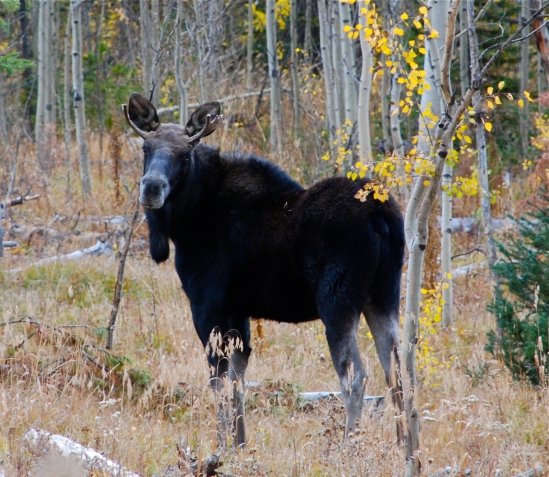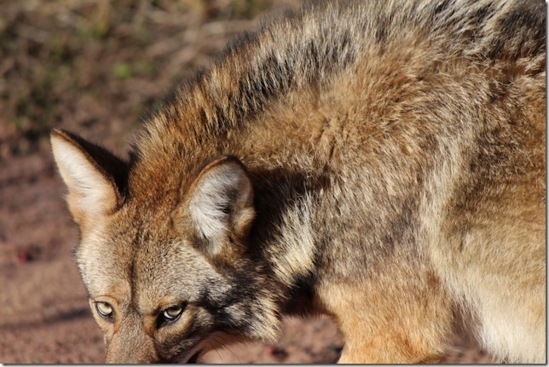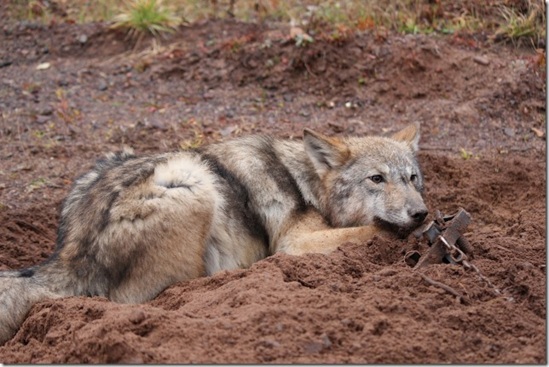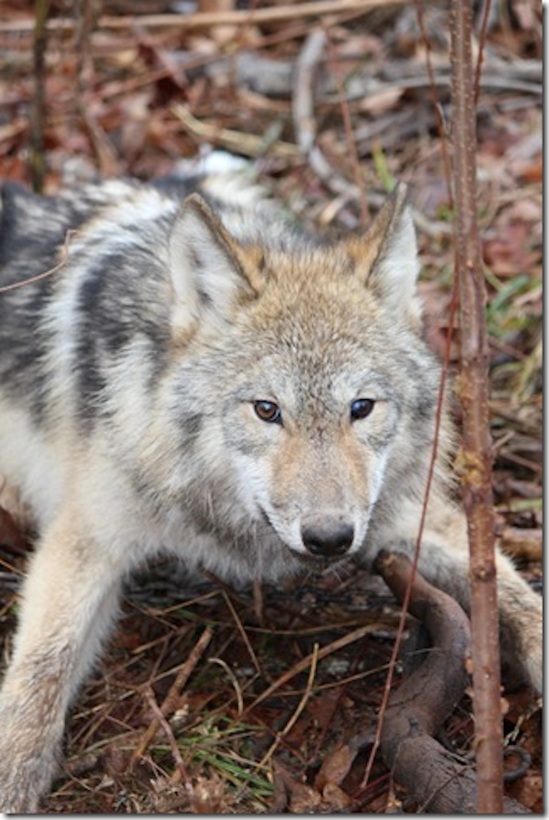Fred Kirchner is died-in-the-wool Yooper who grew up in the western Upper Peninsula of Michigan near Wakefield. As a kid, he loved doing what kids do in the UP- fishing for walleyes and brook trout, hunt grouse, deer and snowshoe hares, skiing, trapping and surviving a UP winter. It basically set his course in life.
Kirchner migrated south to the Lower Peninsula as a teenager and went on to get a degree in fisheries and wildlife at MSU. He toiled for 30 years with the USDA Natural Resources Conservation Service in Alcona, Mason and Lake counties. The position suited him perfectly. He was in the out-of-doors a good deal of the time working with agriculture, wildlife, habitat management and interacting with landowners and other wildlife and land professionals. The contacts gave him the opportunity to hunt and fish tracts of private lands and discover nooks and crannies of public holdings that others overlooked, ignored or failed to identify.
Trapping was one of Kirchner’s favorite pastimes. He enjoyed matching wits with wily coyotes, fox and other predators and trapping beavers for fun and removing problem animals for landowners. Kirchner retired in 2005 and moved back to his beloved UP and Wakefield to do the things he enjoyed as a kid, especially trapping. But as a bona fide Yooper again, he soon discovered that things had changed, and not for the good.
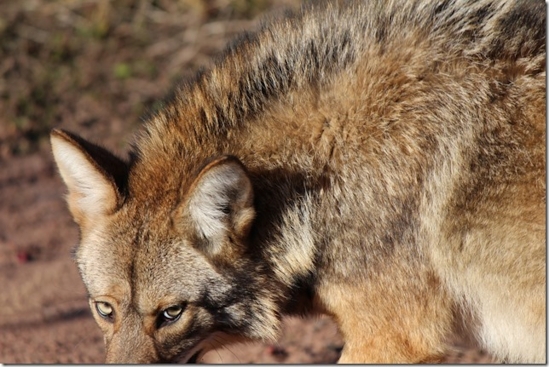
“Wanted to tell you about an interesting fall we had here,” Kirchner wrote me. “I continue to trap each fall. I trap coyote and fox in late October. When I first started trapping after I got back up here, I thought it would be cool to have some encounters with wolves. I would catch an incidental wolf in my traps, which I would release. I also enjoyed some pretty good deer hunting and great beaver trapping. Each year the deer numbers (what I would see in a week or two of bow hunting and in our hay fields) has gone down. My beaver numbers have also gone down.”
“This fall (2014) I trapped coyotes for two weeks. This is the first year since we have been back (to the UP), that I caught more wolves than coyotes and fox. I trapped eleven wolves in that two-week period. Seven had to be released; four were able to pull out. I still think wolves are pretty cool, but I’m convinced we have way too many. Deer are essentially non-existent in many areas of Gogebic County.”
Kirchner shared that wildlife managers “estimated” that there were 93 wolves in Gogebic County in 23 packs in 2007. Kirchner said he trapped five wolves in one week that year and wasn’t targeting wolves. That equates to a single trapper capturing more than 5% of the total wolf population in the entire county in a single week. Not likely!
Kirchner continued, “The other interesting thing last fall is that the coyotes I caught were all adults. Usually 3/4 of my catch is young of the year.” Wolves and coyotes are mortal enemies and only one thing could impact coyote populations that way short of a disease outbreak. The same goes for fox and anything else wolves can catch including your hunting dog. Bobcats are lucky they can climb.
The western UP has never had a lot of deer compared to other locations in Michigan. The populations were always boom or bust depending on the severity and duration of the preceding winters. Deer have survived UP winters for thousands and thousands of years and evolved under these adverse conditions. UP deer evolved a survival mode that involved yarding or gathering in cedar swamps where the canopy of trees would deflect the heaviest snowfall, provide thermal protection and life-saving browse when conditions got the worst. Some years, losses were still substantial. Other years the losses were not so severe and white-tailed deer numbers bounced back in subsequent years. Some deer always survived. But that was without wolves being present.

It doesn’t take a wildlife degree to know that deer restricted and confined by deep snow to a yard are sitting ducks for a voracious pack of wolves. Wide, thick pads make it easier to traverse deep snow than spindly legs and sharp hooves. It’s a slaughter waiting to happen.
Deer that aren’t killed are likely to be stressed to the point where they may not give birth in the spring. “There’s little doubt that yarded deer are subjected to more predation,” said MDNR wildlife biologist Kevin Swanson. “The lack of mobility makes them vulnerable.”
Deer hunting in the western UP is different than in most places in Michigan. Stand hunting can be productive near agricultural lands, but in the expansive tracks of pubic forestlands deer are few and far between. Still-hunting is a proven method of covering ground and finding the widely scattered deer. Kirchner enjoys still-hunting for deer around his farm and in the Porcupine Mountains. The technique involves cutting a track and then dogging the buck until he presents a shot. Nearly every year hunting hard would result in an opportunity. The final question always was, “Was the deer a trophy? And did he really want to go through the trouble of dragging a buck that was often miles off the road?” Many years the deer was allowed to walk. In recent years, the opportunity to harvest a buck has been non-existent. Deer sightings have been few and far between. Last year, Kirchner hunted hard for two weeks during prime time of the Michigan bow season. He saw four deer total.
Seeing deer anytime in the western UP has become a rarity. Kirchner was shocked and elated when six adult does strolled through his back yard early last fall. Seeing any deer was a welcomed sight, but the fact that there was one fawn between the six does was disturbing. Normally, the does would have had at least a half dozen fawns between them.
What could possible cause the obvious and continued decline in deer numbers? There had always been severe winters and fawn predation by coyotes and bears in the UP. Only one new variable could account for the drastic decline and disappearance of the deer population since Kirchner returned to the UP- wolves.
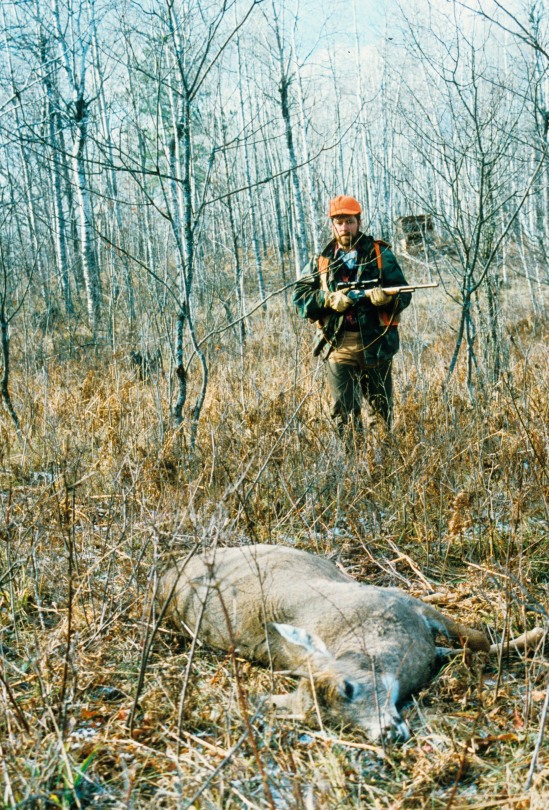
In December of 2014, Judge Beryl A. Howell wiped out several years of successful management in Michigan, Minnesota and Wisconsin by returning wolves to the Endangered Species List. In her ruling, Judge Howell overlooked the region’s robust population by stating wolves in the Great Lakes cannot be considered recovered until they are re-established across their widespread historic range covering much of the United States. I’m sure there were wolves in Detroit, Saginaw and Grand Rapids at one time. What do wildlife biologists do in the meantime?
Wildlife managers estimate that there were 636 wolves in the UP of Michigan during their most recent winter survey. After pups are whelped in April, the population will more than double to 1,200 or more wolves from spring through early winter. Researchers will acknowledge that this is still a very conservative estimate. Population estimates in Wyoming placed the wolf population there at 307 animals in 43 packs in 2013 and that is where they are legally hunted. An estimated 3,700 wolves currently live in the Great Lakes region, far exceeding minimum population objectives. Sixty-five percent, or an estimated 2,423 wolves, live in Minnesota.
70% is a key number. It’s a proven fact that a population will not decline until 70% of the population is removed. During a study conducted in Michigan in 2013-2014, 70% of the collared does were lost. That means the deer population is in decline. Wildlife mangers and researchers will tell you that they don’t agree with wolves being on the endangered specie list and see a “definable population” for Michigan of 200 animals. By next fall, Michigan will have at least six times that many wolves.
Even if wolves are taken off the endangered specie list how do you control their numbers in an environment like Michigan? The one attempt at hunting wolves in Michigan resulted in 22 animals being killed of the 45-wolf quota. Hunting is just not practical in the forests of Michigan even with the use of bait. Otherwise, the only way to reduce their numbers is by trapping. Pro-wolf advocates will immediately tell you that foot-hold traps are inhumane and cruel. A number of studies have been done in which wolves are radio collared and monitored. Those wolves were captured using foot-hold traps. All of the wolves Kirchner trapped were released unharmed. He’s a better man than me.
Unless the Washington bureaucrats get their heads out of the sand and let the professionals manage wildlife populations, they’ll be adding another animal to the Endangered Specie List in the western UP- the white-tailed deer.
-30-


